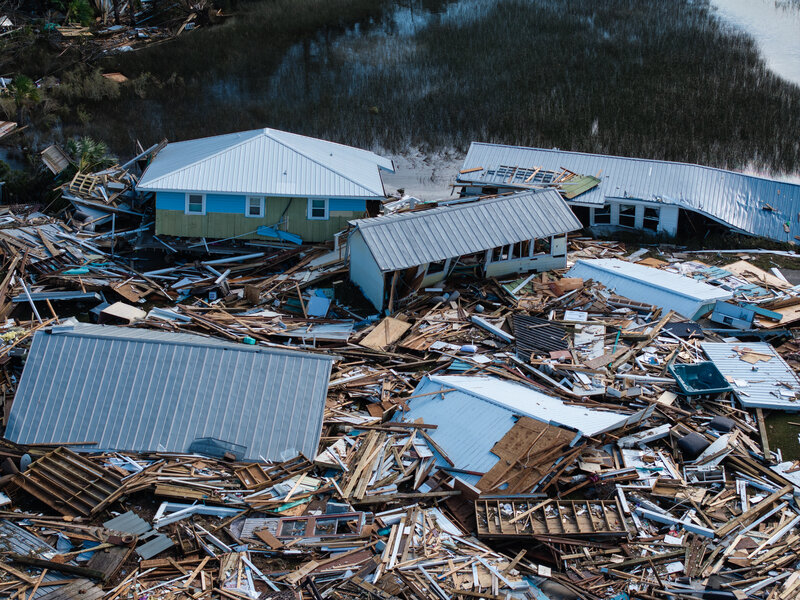Hurricane Helene was a slow moving storm that tore across western North Carolina in September 2024, resulting in widespread flooding and destruction. Normally, hurricanes move relatively fast, so most of the damage is due to the fast winds of these storms. However, Helene moved slowly, so it dumped an extremely large amount of rain on the region. This was amplified by the fact that the hilly terrain of western NC resulted in all of the rain moving downhill, which created fast moving currents that caused widespread property damage. Additionally, the recovery was difficult due to entire roads and bridges being washed out in the process, which made reaching hard hit communities even harder. In several places they had to first build makeshift bridges just to get resources to very remote communities. Even with huge amounts of money and time spent, it still took approximately 2-3 months before they had rebuild the main power and water purification units in the western part of the state.
I learned about all of this from my dad, who works for the state government as an environmental regulator and section chief. He was responsible for helping to lead and direct the response to the storm. He shared a lot of information with me over the 2 months or so that he was helping with the response.

